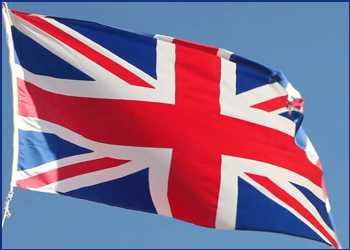UK Inflation Strongest In 40 Years
Deepening the cost of living crisis, UK consumer price inflation accelerated further in July to the highest since 1982 on surging food and fuel prices, adding pressure on the Bank of England to tighten the policy again despite the looming recession.
Consumer price inflation rose to 10.1 percent in July from 9.4 percent in June, the latest data from the Office for National Statistics showed on Wednesday. Inflation was forecast to climb moderately to 9.8 percent.
The ONS said the inflation rate would last have been higher around 1982. The BoE had earlier projected inflation to peak just over 13 percent in October.
Together with June’s leap in earnings growth, the BoE is likely to opt for a 50 basis point interest rate hike on September 15, rather than 25 basis points, Capital Economics economist Ruth Gregory said.
The BoE had raised its interest rate over the last six consecutive meetings to tame inflation amid tight labor market conditions. The bank rate, currently at 1.75 percent, is the highest since December 2008.
“Food prices rose notably, particularly bakery products, dairy, meat and vegetables, which was also reflected in higher takeaway prices,” ONS Chief Economist Grant Fitzner, said. Price rises in other staple items, such as pet food, toilet rolls, toothbrushes and deodorants also pushed up inflation in July.
On a monthly basis, consumer prices gained 0.6 percent but weaker than June’s 0.8 percent increase. Economists had expected monthly inflation to halve to 0.4 percent.
Core inflation that excludes energy, food, alcoholic beverages and tobacco, accelerated to 6.2 percent from 5.8 percent in June and remained above economists’ forecast of 5.9 percent.
Driven by higher petrol and food product prices, factory gate inflation increased to 17.1 percent in July from 16.4 percent in June. The expected rate was 16.2 percent.
Month-on-month, output price inflation advanced to 1.6 percent from 1.4 percent in June, while it was forecast to ease to 0.8 percent.
Input prices logged a strong double-digit growth of 22.6 percent in July but slower than June’s 24.1 percent increase and the expected 23.9 percent.
On a monthly comparison, input prices edged up 0.1 percent, following a 1.8 percent rise in June. The rate was expected to slow moderately to 1.4 percent.
Source: Read Full Article

